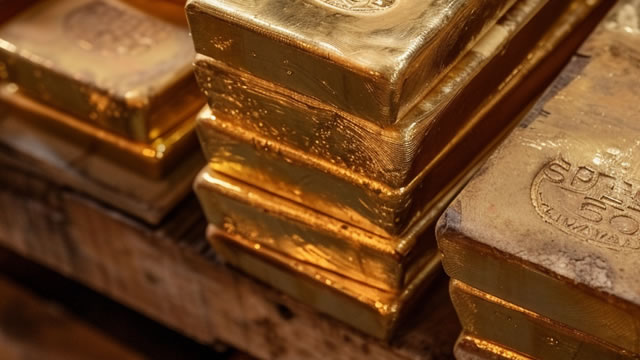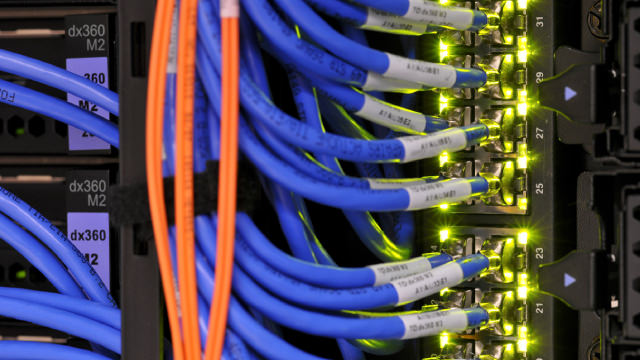Recent Geopolitical Changes and Their Impact on GLD and SLV
In the ever-changing world of finance, investors are always on the lookout for opportunities that offer a favorable risk-reward ratio. Recently, there have been significant shifts in geopolitical landscapes that have increased the likelihood of a global economic downturn, specifically a recession. These changes have led some investors to reconsider their precious metals holdings, particularly between Gold Shares (GLD) and Silver Shares (SLV).
Why the Probability of a Recession Matters
A recession is a period of economic decline, typically defined as a decline in gross domestic product (GDP) for two consecutive quarters. Recessions can be triggered by various factors, including geopolitical instability, financial crises, or inflation. In the current climate, numerous geopolitical shifts have heightened concerns of a potential recession:
- Trade tensions between the United States and China
- Brexit uncertainty
- Middle East instability
- Central bank policies
These factors, among others, have caused market volatility and uncertainty, making it an opportune time for investors to consider adding precious metals to their portfolios. However, not all precious metals are created equal when it comes to market downturns.
GLD vs. SLV: Which is the Better Bet?
Gold and silver are both popular safe-haven assets during times of economic instability. However, their price behaviors and market dynamics differ significantly. Gold is considered a classic safe-haven asset, with a more stable price compared to silver. In contrast, silver is more sensitive to economic conditions and industrial demand.
Given the increased probability of a recession, it is expected that gold will demonstrate better resilience in market downturns. This expectation is based on the following factors:
- Lower Drawdowns: Gold’s price tends to be less volatile during economic downturns, meaning it experiences smaller drawdowns than silver. This makes gold a more attractive investment during uncertain economic conditions.
- Quicker Recovery Time: Gold typically recovers more quickly from market downturns than silver. This is due to its role as a safe-haven asset and its reputation as a store of value.
Based on these factors, investors may want to consider adding GLD to their portfolios as a hedge against potential economic downturns.
Personal Implications
For individual investors, the increased probability of a recession and the expected resilience of GLD could mean several things:
- Adding GLD to your portfolio as a hedge against potential economic downturns
- Reallocating funds from SLV to GLD
- Considering a precious metals IRA or other investment vehicles that include GLD
Global Implications
The implications of a potential recession and the expected resilience of GLD extend beyond individual investors. Here are some potential global implications:
- Central banks may increase their gold holdings as a hedge against potential economic downturns
- Governments may consider adding gold to their reserves as a form of economic insurance
- Gold prices could see a significant increase as demand for the safe-haven asset rises
Conclusion
Recent geopolitical changes have increased the likelihood of a recession, making precious metals an attractive investment opportunity for risk-averse investors. Among precious metals, GLD is expected to demonstrate better resilience in market downturns due to its role as a classic safe-haven asset and its reputation as a store of value. For individual investors, this could mean adding GLD to their portfolios or reallocating funds from SLV to GLD. On a global scale, the implications could include increased demand for gold and potential central bank and government actions to hedge against economic uncertainty.
As always, it’s essential to do your own research and consult with a financial advisor before making any investment decisions. The information provided here is for educational purposes only and should not be considered financial advice.





